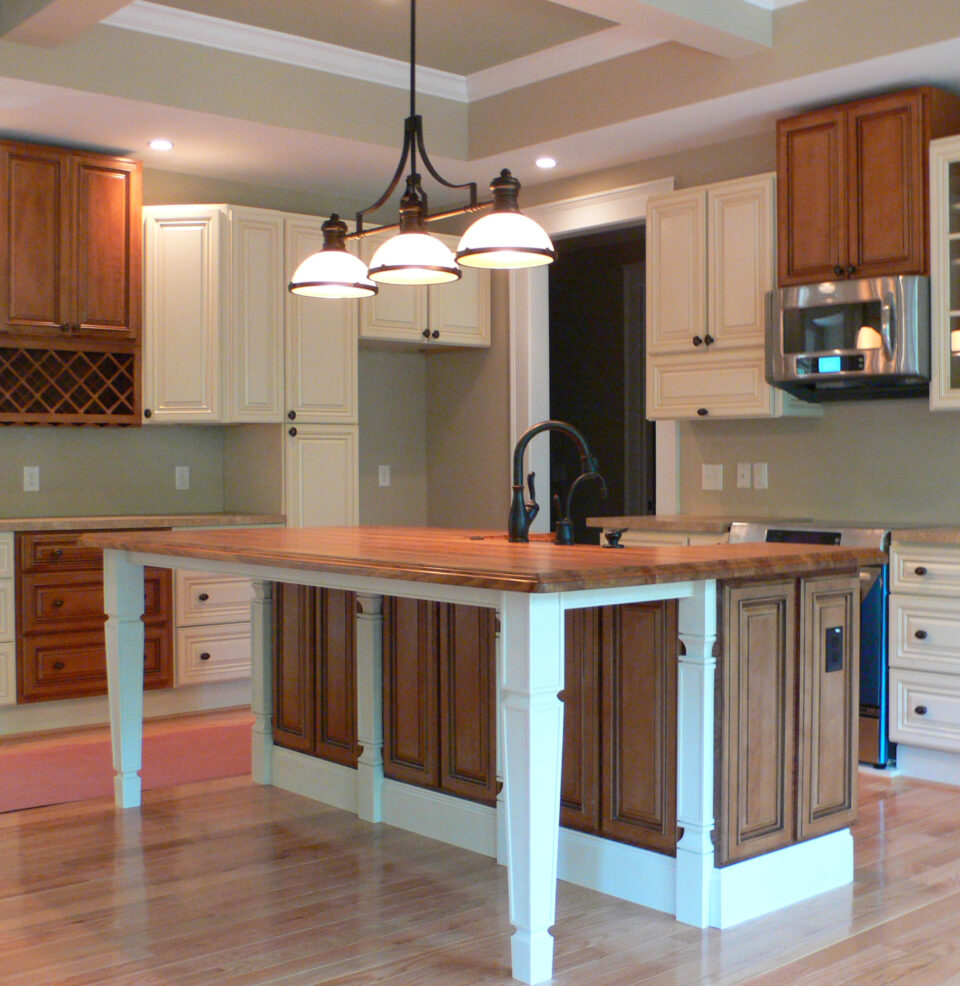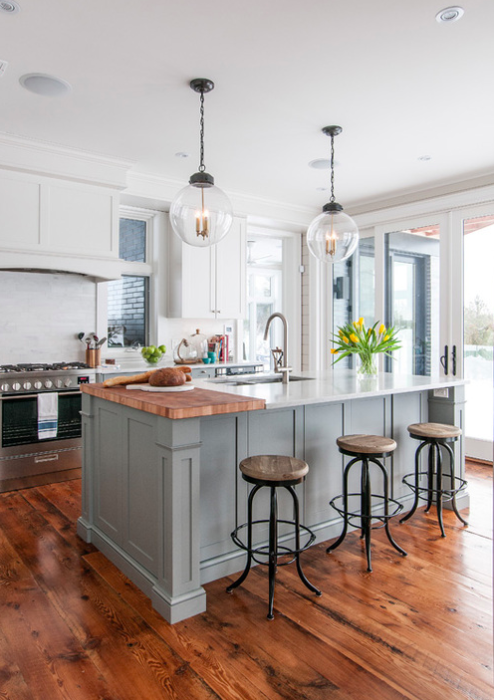How to Set Up a Kitchen Island Leg for Maximum Stability and Style
How to Set Up a Kitchen Island Leg for Maximum Stability and Style
Blog Article
The Relevance of a Sturdy Kitchen Island Leg in Creating a Functional Food Preparation Area
A durable kitchen area island leg acts as a basic part in developing a practical food preparation environment, supplying needed support for both the kitchen counter and various cooking area activities. The stability it provides can considerably decrease the danger of mishaps in high-traffic areas, while also adding to the overall visual comprehensibility of the room. As kitchens progress into multifunctional locations for food preparation, eating, and interacting socially, the choice of materials and layout considerations for island legs ends up being progressively vital. Comprehending these elements can change your kitchen area into a safer and extra efficient area, motivating additional expedition right into the best options readily available.
Advantages of Sturdy Island Legs
Offering necessary assistance, sturdy cooking area island legs play a pivotal role in improving the functionality and toughness of cooking area islands - kitchen island leg. These legs not only birth the weight of the counter top and any type of extra things positioned on the island, but additionally add to the total security of the structure. A well-supported cooking area island ensures that it stays upright and useful, even under heavy use, which is especially important in busy cooking area settings
Additionally, sturdy island legs can boost the visual charm of the kitchen area. They provide a solid framework that can match numerous design styles, from modern to standard. This flexibility permits home owners to customize their kitchen area islands according to personal preference while guaranteeing that the structural stability stays uncompromised.
Along with their supportive duty, robust kitchen island legs can also enhance security. A steady island lowers the threat of crashes brought on by tipping or tottering, which is especially vital in homes with youngsters or senior people. Additionally, strong legs can promote a smooth flow of tasks, permitting efficient meal preparation and social interactions within the cooking area area. Ultimately, buying tough kitchen island legs is essential for a useful and aesthetically pleasing cooking location.
Materials for Kitchen Island Legs
When choosing materials for kitchen island legs, resilience and aesthetic charm are essential elements to think about. One of the most typical products consist of wood, steel, and engineered timber, each offering distinct benefits.
Hardwood, such as cherry, oak, or maple, is a timeless option due to its stamina and timeless beauty (kitchen island leg). It can endure considerable weight and is immune to put on, making it excellent for high-use kitchen area atmospheres. Additionally, hardwood can be tarnished or painted to match different kitchen area designs
Metal legs, frequently crafted from stainless steel or functioned iron, give a industrial and modern-day appearance. They are extremely strong and can support significant tons while being immune to dampness and heat, which is advantageous in a cooking location. Steel legs can also be conveniently cleaned, enhancing their practicality.

Design Factors To Consider for Stability
The option of products for cooking area island legs directly influences the design considerations for official source stability. When developing a kitchen area island, it is vital to evaluate the weight-bearing capability of the chosen products. Heavier materials, such as solid wood or steel, generally offer greater stability, specifically under the stress of day-to-day usage.
In addition, the leg design need to include appropriate geometry to enhance stability. A larger base raises the support area, lessening the threat of tipping or wobbling. Consideration needs to additionally be given to the elevation of the legs; out of proportion leg lengths can bring about discrepancy, endangering the total security of the island.
Furthermore, the distribution of weight across the island is important. Ensuring that the leg positioning aligns with the heaviest parts, such as home appliances and counter tops, will certainly even more enhance security.
Upkeep Tips for Durability

Cleaning is one more vital element of maintenance. Depending on the material of the legs-- whether wood, steel, or composite-- ideal cleaning techniques should be used. For wood legs, a gentle wipe with a suitable wood and a moist cloth cleaner will certainly assist protect their coating. Steel legs might call for a light polish to avoid rust and preserve their appeal.
If the cooking area island experiences hefty usage, take into consideration strengthening the legs with additional braces or supports to enhance sturdiness. By following these upkeep suggestions, homeowners can guarantee their kitchen island legs continue to be durable and functional for years to come.
Picking the Right Leg Design
Normal upkeep makes certain that cooking area island legs continue to be practical and durable, however picking the appropriate leg style is equally crucial for both visual appeals and assistance. The selection of leg style can substantially influence the overall design and consistency of your cooking area.

Functionality is one more important element. For example, thicker legs or those with a sturdy base can support heavier countertops and devices, improving the island's utility. Conversely, slim legs may produce a ventilated appearance, appropriate for lighter styles however potentially less supportive.
Conclusion
In summary, the importance of durable kitchen island legs can not be overstated in the creation of a functional cooking location. These legs give crucial assistance, boost security, and add to the total visual of the kitchen area. By thoroughly choosing appropriate materials and layouts, in addition to executing proper upkeep techniques, the durability and effectiveness of kitchen islands can be made certain. Inevitably, buying robust island legs is basic to attaining a risk-free and effective cooking environment.
A sturdy cooking area island leg serves as a basic part in developing a functional food preparation environment, giving required assistance for both the countertop and numerous kitchen tasks.Providing necessary support, strong kitchen island legs play an essential duty in improving content the capability and sturdiness of cooking area islands. Ultimately, spending in tough kitchen island legs is necessary for a functional and visually pleasing cooking location.
Consideration must additionally be given to the height of the legs; out of proportion leg lengths can lead to discrepancy, endangering the overall stability of the island.
Wooden legs supply heat and a classic look, while metal legs use a industrial and contemporary feeling.
Report this page